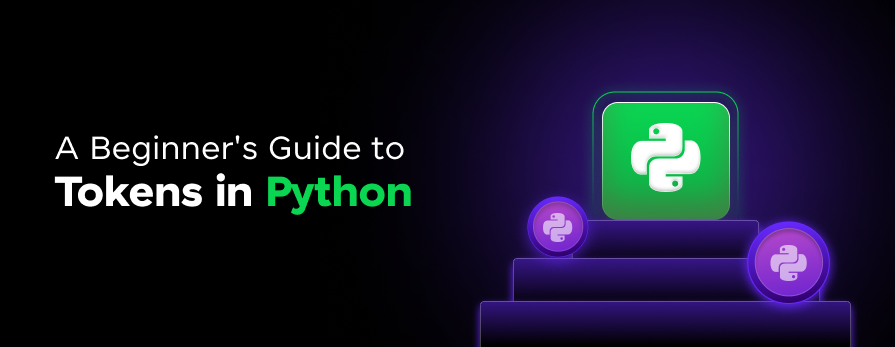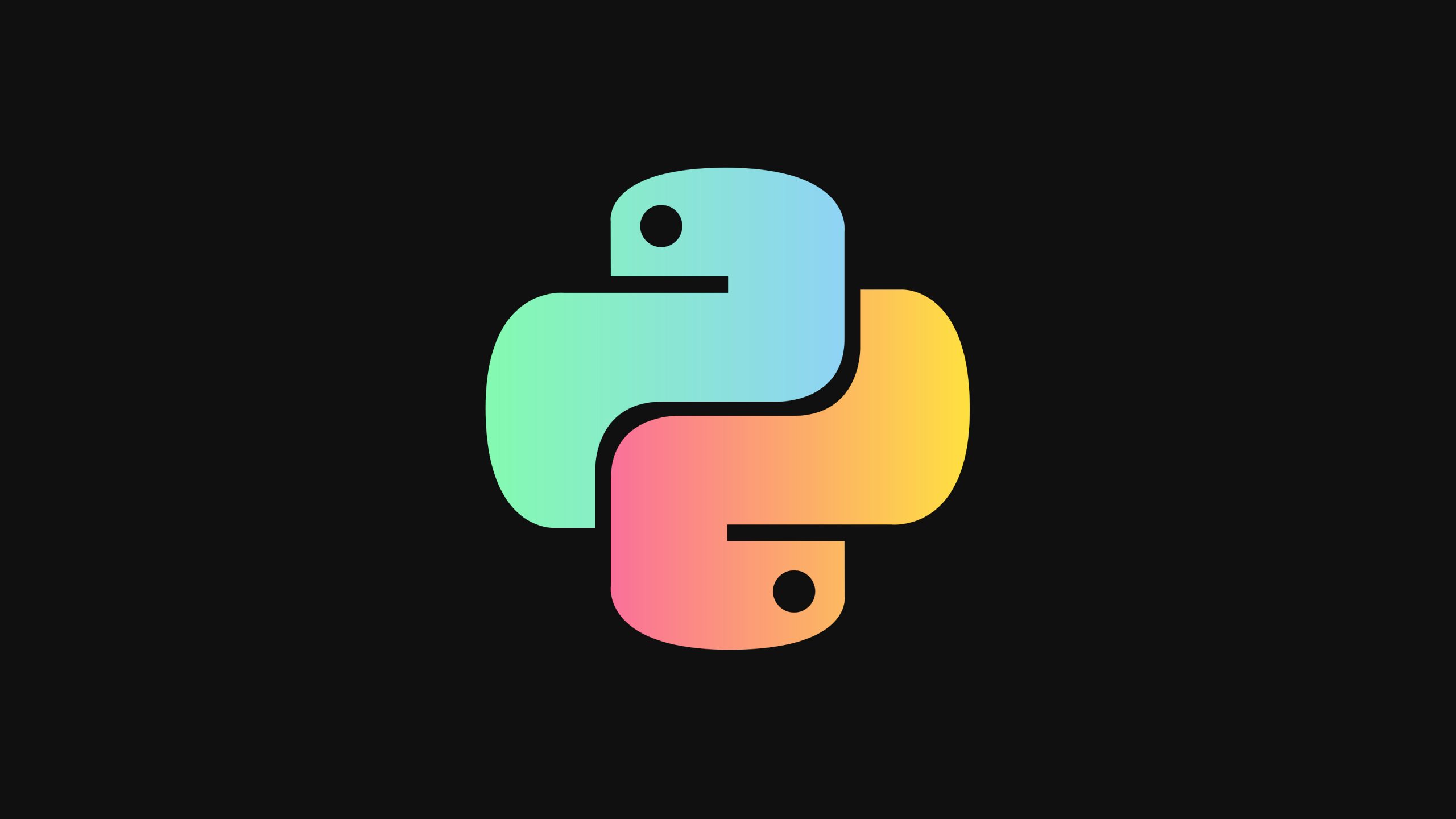
Mastering Behavior-Driven Development Testing with Python Behave
Oct 23, 2024 3 Min Read 1128 Views
(Last Updated)
To deliver the best quality application to your client it is profoundly important to make it with the best web development frameworks available in the market as well as test its overall functionality.
To test it properly, we have various methods and one of the best out of those is behavior-driven development testing with Python Behave. So, what is this method? How will it help in testing applications efficiently?
The answers lie in this article and let us have a look at those in clear picture!
Table of contents
- Behavior-Driven Development Testing with Python Behave
- Key point while using an Automation Testing Framework
- Prerequisites for Python Behave
- Conclusion
Behavior-Driven Development Testing with Python Behave
It would be not wrong to say that if your client is happy with the quality of deliverables you give it to them the more business you and your organization will get. For that, you need to focus on the Testing of your web application with full zeal and effort.
In this scenario, Behavior-driven Development Testing of your web application is the best tool that you can have with you.
Behavior-Driven Development (BDD) is an agile software development technique that fosters collaboration between developers, testers, and stakeholders.
It focuses on describing software behavior from the perspective of how users interact with the system. This approach emphasizes clear communication and a shared understanding of requirements.
When your technical and non-technical stakeholders are part of your testing then you can say that you will deliver a web application that is 100% of the expectations of your client.
Behave is a Python library that follows BDD practices. It allows you to write tests in a natural, human-readable language, making them accessible to both technical and non-technical audiences. This promotes better collaboration and ensures everyone is on the same page.
Key point while using an Automation Testing Framework
Before using any Automation testing framework for any kind of testing it is important to know certain points before going through the journey of software testing. The points are given as below:-
- Goals
- What to automate: Focus on repetitive, regression tests that are prone to human error. Not all tests are ideal candidates for automation.
- Choose the right framework: Different frameworks offer varying functionalities. Consider factors like project size, testing needs, and team expertise when selecting a testing framework.
- Framework Design
- Modularity: Break down test scripts into reusable components for efficiency and easier maintenance.
- Maintainability: Write clean, well-documented code that is easy to understand and update as the application grows and evolves.
- Data Management: Implement a strategy for handling test data effectively. It must follow Data Driven Testing (DDTF) and Keyword Driven Testing (KDTF).
- Reporting: It should generate detailed reports that provide insights into test execution, failures, and logs. This helps with debugging and identifying trends. Reports in HTML, XML format should be considered and preferred.
- Integration: It should be integrated with bug-tracking systems, test management tools, and CI/CD pipelines like Jenkins.
- Scalability: It must accommodate a growing test suite and future application complexities.
- Performance Optimization: It should execute the tests with good speed which will have minimal impact on system resources.
- Team Training: It should be easy to learn which means it should not have a steep learning curve.
Prerequisites for Python Behave
There are two main prerequisites for using Python Behave.
- Python 3.x: Behave is a Python library, so you’ll need to have a working installation of Python version 3.x on your system. You can check your Python version by running the python –version or python3 –version in your terminal. If you don’t have Python installed, you can download it from the official website.
- Python Behave library: Once you have Python installed, you’ll need to install the Behave library itself. This can be done using the pip package manager that comes bundled with Python. Open your terminal and run the following command pip install behave
Benefits of using Python Behave
- Improved Communication: BDD promotes clear, concise descriptions of software behavior, leading to better communication among development teams and stakeholders.
- User Needs: Testing Scripts or Test Suites are written from the user’s perspective which helps us to align with actual needs with the actual needs of our stakeholders.
- Living Documentation: The Gherkin Feature files serve as living documentation that evolves with the software which keeps everyone in the team informed about the testing.
- Maintainability: Since the Testing Scripts or Test Suites are written in plain English language which is easy to understand and maintain thus reducing the costs.
Structure of Python Behave Tests
Behave tests consist of two main parts, the Gherkin Feature files and the Step Definitions File. These two are the components that drive Behavior-Driven Development for software testing.
- Gherkin Feature File: These files describe the software’s functionalities tests from a user’s perspective in plain English language. It uses the Gherkin Framework which uses keywords like “Given,” “When,” and “Then” to outline the scenario under tests.
- Step Definitions File: These are nothing but normal Python files containing simple Python codes that implement the actions described in the Gherkin feature file. Each step and scenario in the Gherkin Feature File is mapped to a corresponding Python function that performs the necessary actions and asserts the expected outcome.
If you want to learn more about Automation Testing, consider enrolling in GUVI’s Java Automation Testing Course which teaches you everything about the subject with an industry-grade certificate!
Conclusion
In conclusion, Behavior-Driven Development (BDD) testing with Python Behave offers a powerful approach to ensuring that your web application meets the exact needs and expectations of your clients.
By fostering collaboration between developers, testers, and stakeholders, BDD bridges the gap between technical and non-technical team members, allowing for clear communication and a shared understanding of the desired software behavior.
The use of natural, human-readable language in tests, coupled with the modular and maintainable structure of Python Behave, makes it an ideal tool for creating reliable, scalable, and efficient test suites.












![Mastering Top Python Basics: Generator Expressions & Comprehensions [2025] 5 Feature Image - Python Generator Expressions & Comprehensions](https://www.guvi.in/blog/wp-content/uploads/2024/04/Feature-Image-Python-Generator-Expressions-Comprehensions.webp)




![Mastering Recursion in Python: A Comprehensive Guide [2025] 10 7 1](https://www.guvi.in/blog/wp-content/uploads/2024/05/7-1.png)
![Becoming A Top Python Backend Developer: Must-Know Technologies [2025] 11 Must-Know Backend Technologies](https://www.guvi.in/blog/wp-content/uploads/2024/04/Must-Know-Backend-Technologies.png)

Did you enjoy this article?